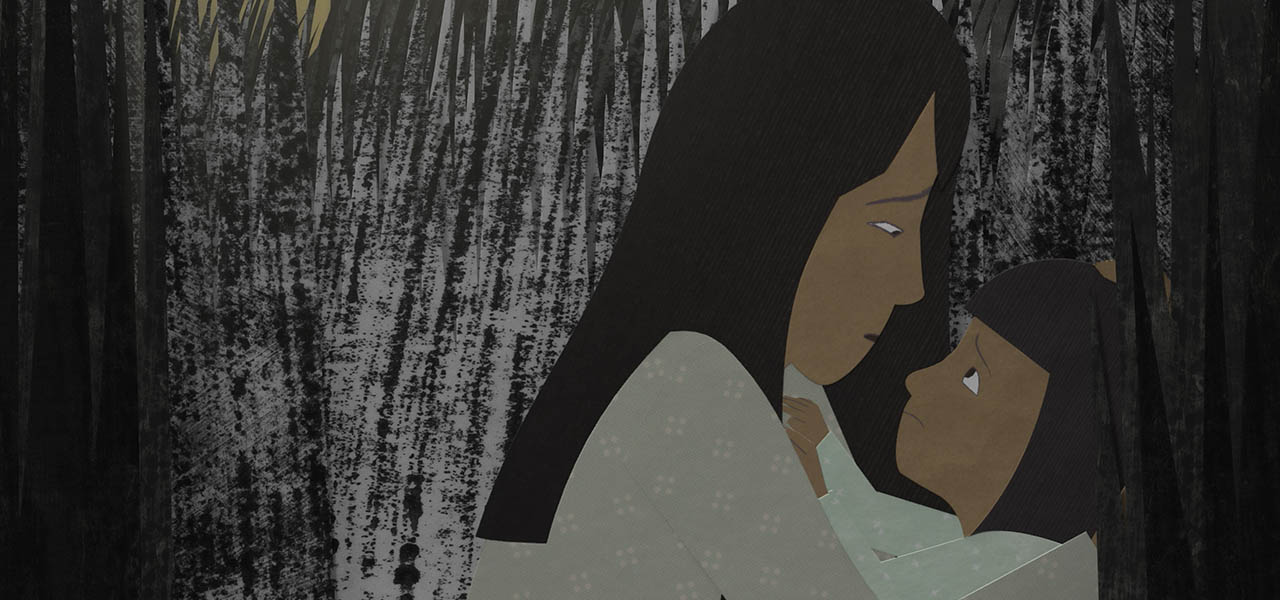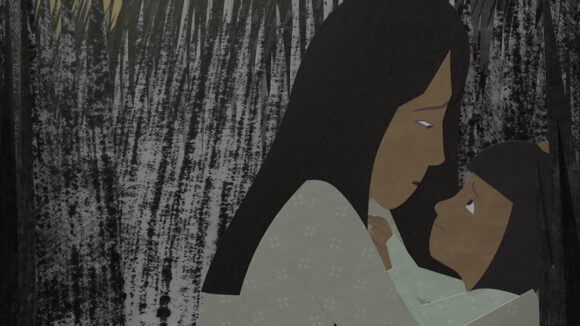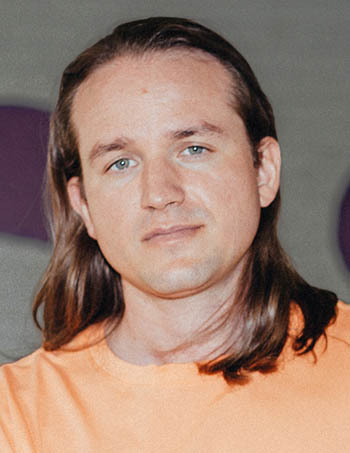

2025 Oscars Short Film Contenders: ‘Boat People’ Directors Thao Lam And Kjell Boersma
Welcome to Cartoon Brew’s series of spotlights focusing on the animated shorts that have qualified for the 2025 Oscars. The films in this series have qualified through one of multiple routes: by winning an Oscar-qualifying award at a film festival, by exhibiting theatrically, or by winning a Student Academy Award.
Today’s film is Boat People from Vietnamese-Canadian author and illustrator Thao Lam and Canadian director Kjell Boersma. The short, produced by the National Film Board of Canada, earned its Oscars qualification by winning the Helen Hill Award for animated short at the New Orleans Film Festival.
A hybrid short mixing 2d drawn animation, stop-motion multiplane, and 3d rendering, Boat People tells the story of Thao and her parents’ flight across the turbulent waters of history by using ants as a metaphor. The story is adapted from Lam’s own children’s book The Paper Boat: A Refugee Story published in 2020.
Cartoon Brew: Thao, in this short you are doing your own narration. Could you elaborate on why you made this choice, and how you weaved this story in terms of sound design and music alongside your own voice?
Thao Lam: I never envisioned myself doing the narration for Boat People. I always thought I was just filling in until we were able to cast a professional voice actor. But as the film took shape it became clear to everyone on the team (but me) that I should be the one to voice my own story.

Kjell Boersma: It’s funny because it did seem obvious to me that Thao should do the narration. The story is so personal, and Thao has such a unique, distinctive voice, that I don’t think the film works without it. Something we kept coming back to throughout the process is texture. Texture is everywhere in the visual elements of the film, and it seemed appropriate that the soundscape should incorporate that, too. This meant finding very simple, raw sounds that helped give the visuals another layer of meaning. The tone of the film is deliberately ambiguous at times, so it was important not to undercut that with a traditional score that instructs the viewer how they should be feeling. The film also covers a huge amount in a short time, so it was a real balancing act to have every shot be as concise as possible but still allow the audience room to breathe, and the score and the sound design, I think, work together to create these little pockets of air.
What was it about this story or concept that connected with you and compelled you to direct the film?

Lam: A couple of years back, my family was going through some difficulties in coping with my divorce, and I began researching how others endured and overcame hardship, how families pick up and start all over again. I spent the summer interviewing my family about our escape from Vietnam just before Christmas of 1980. Many families have stories that are told and retold. For the longest time, all I knew about the war and our escape from Vietnam was a story told by my mother, a lesson in kindness and karma.
Long before the war, when the only invasions were of ants looking for food, her mother would set out bowls of sugar water to rid the house of pests. As a child, my mother would spend carefree afternoons fishing ants out of these bowls. On the night of our escape, we got lost in the tall reeds. Miraculously, by the light of the moon, my mother spotted a trail of ants. Lost and desperate, she decided to follow them, which led us to the riverbank where our escape boat waited. The ants she rescued as a little girl saved her in return that night. This story with the ants and the sugar water became the cornerstone of Boat People.
Boersma: This story of Thao’s mother and the ants was what she initially pitched to me at our first meeting about the film. I was hooked immediately by the evocative imagery, as well as by the idea that this story is one that has a metaphysical significance in her life. I am always drawn to stories that I haven’t seen depicted before, and with animation being such a demanding process, it’s important to be careful about choosing your projects. When you are going to be working on a project for years, you need to keep finding new things within it to be excited about, and this project had so much to explore in all regards.
What did you learn through the experience of making this film, either production-wise, filmmaking-wise, creatively, or about the subject matter?
Lam: This was my first venture into animation and filmmaking, so I had a lot to learn (and still do). Making this film also gave me a reason to dive into the turbulent history of Vietnam. In my research I encountered so many stories that were similar to mine. I felt connected to the country we left behind but also a community that struggled but persisted and survived. More importantly, this film gave me an excuse and the courage to have a conversation with my parents about the Vietnam War and our journey across the South China Sea, to ask the difficult questions.
Boersma: I learned so much at every stage of the process. In our research we investigated what day-to-day life was like in refugee camps in Southeast Asia, as well as the myriad experiences of people trying to reach them. There were stories of master bakers creating baguettes in ovens made of cookie tins, plagues of rats, pirates, and sinking boats being turned away on beaches. There was so much material that never made it into the film. We also dove deep into ant biology, looking for examples that would fit the story we wanted to tell about human and ant migration. Ant species are so diverse that you can find a mirror for almost any human group behavior, so we were really spoiled for choice. In production, I learned a lot about the difficulty of replicating Thao’s illustration style. It is deceptively simple, but it was tremendously challenging to bring it to life.
Can you describe how you developed your visual approach to the film? Why did you settle on this style/technique?
Lam: I write and illustrate children’s books for a living; this collage style that you see in the film is based on the style/technique I use when I create children’s books. I have an insatiable love for colored and textured papers.
Boersma: Maybe the most important part of the film to me is the idea that there were hundreds of thousands of unique individuals who made this perilous journey and were profoundly affected by it, but we tend to think of them as an undifferentiated mass. So to me it was very clear that the film needed to be as authentic to Thao’s unique, individual visual style as possible. This meant developing a process that would create each frame in a way that’s similar to how she creates panels in her books. To do this, we started with traditionally animated line art, to allow us the freedom to create dynamic compositions and to give the characters a fluidity of motion and expression. From there, initially we tried laser-cutting paper to create the layers for each frame, but the process was exceptionally time consuming and imposed a workflow that we felt was too rigid. We ultimately decided on a digital approach that matched the process of layering textured paper but allowed us greater flexibility.

.png)